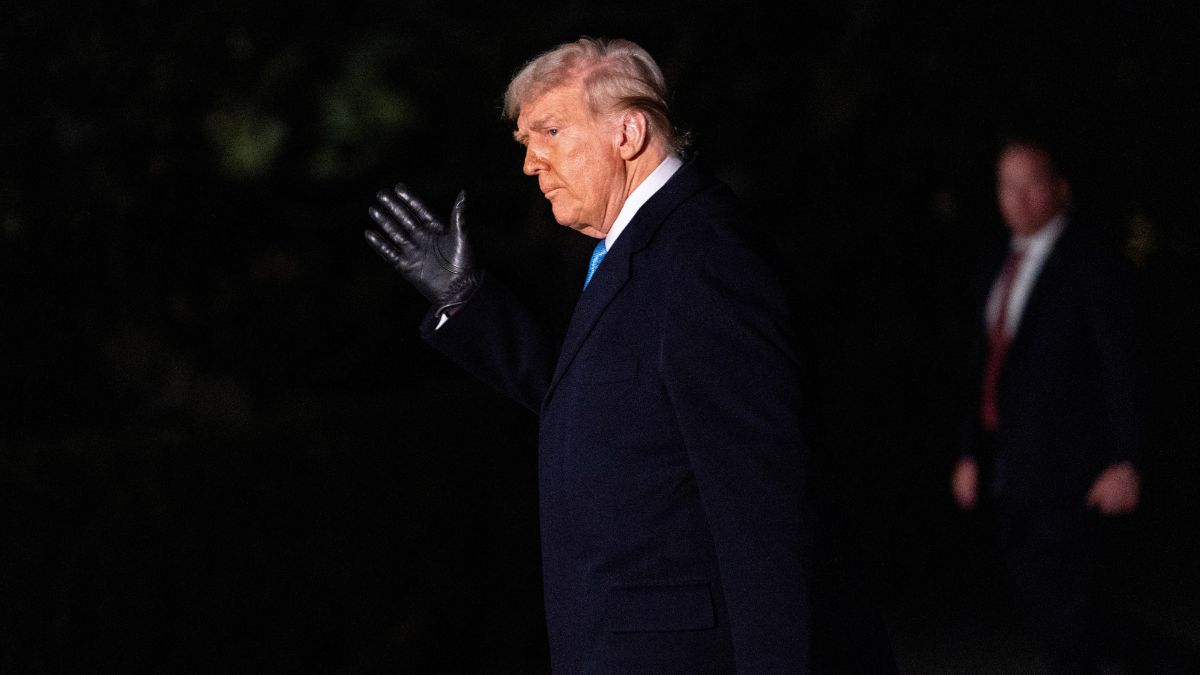In the latest tranche US President Donald Trump’s tariff war on the world, 25 per cent tariffs on steel and aluminium imports came into effect on Wednesday.
The steel and aluminium tariffs have come into effect at a time when Trump’s erratic trade and economic policies have led to volatility in markets, loss of trust in the US government, and fears of stagflation. There are no relaxations on steel and aluminium tariffs and they affect all countries.
Stepping up his territorial and economic aggression on Canada, Trump on Tuesday raised steel and aluminium tariffs on Canada to 50 per cent from 25 per cent but backtracked on the hike within hours — the latest example of flip-flops that have rattled markets. However, current tariffs would also affect Canada the hardest as the country is the biggest supplier of steel and aluminium to the United States.
On the other hand, there is also a real risk of inflation rising in the United States as a result of tariffs. As importers would pass on the increased costs from tariffs to consumers, average Americans would pay more for consumer goods either imported from abroad or made from imported supplies.
ALSO READ: Trump bump turns into Trump slump: 3 big reasons
Even as Trump has refused to rule out a recession as a result of his policies, he has claimed that businesses are investing more in the United States after tariffs.
Impact Shorts
More Shorts“The higher it goes, the more likely it is they’re going to build. The biggest win is if they move into our country and produce jobs. That’s a bigger win than the tariffs themselves, but the tariffs are going to be throwing off a lot of money to this country,” said Trump on Tuesday.
That’s now how it works, according to data and economic principles.
Theoretically, Trump’s tariffs could help steel and aluminium plans in the United States, but costs are bound to increase for downstream industries that use these metals as a raw material. These increased costs would be passed on to consumers, raising an average American's bills and raising inflation.
When Trump waged tariff wars in his first term, production fell by nearly $3.5 billion at these downstream sites in 2021, much more than the $2.3 increased production in domestic steel and aluminium producers, according to Associated Press.
So far, Trump has imposed 25 per cent tariffs on Canada and Mexico, many of which stand exempted; 10 per cent on Canadian energy imports; 25 per cent tariffs on steel and aluminium, and 20 per cent tariffs on China. Starting April 2, he is expected to roll out country-by-country reciprocal tariffs as well . He has also announced tariffs on copper and lumber but has not given any specific timelines.


)

)
)
)
)
)
)
)
)



